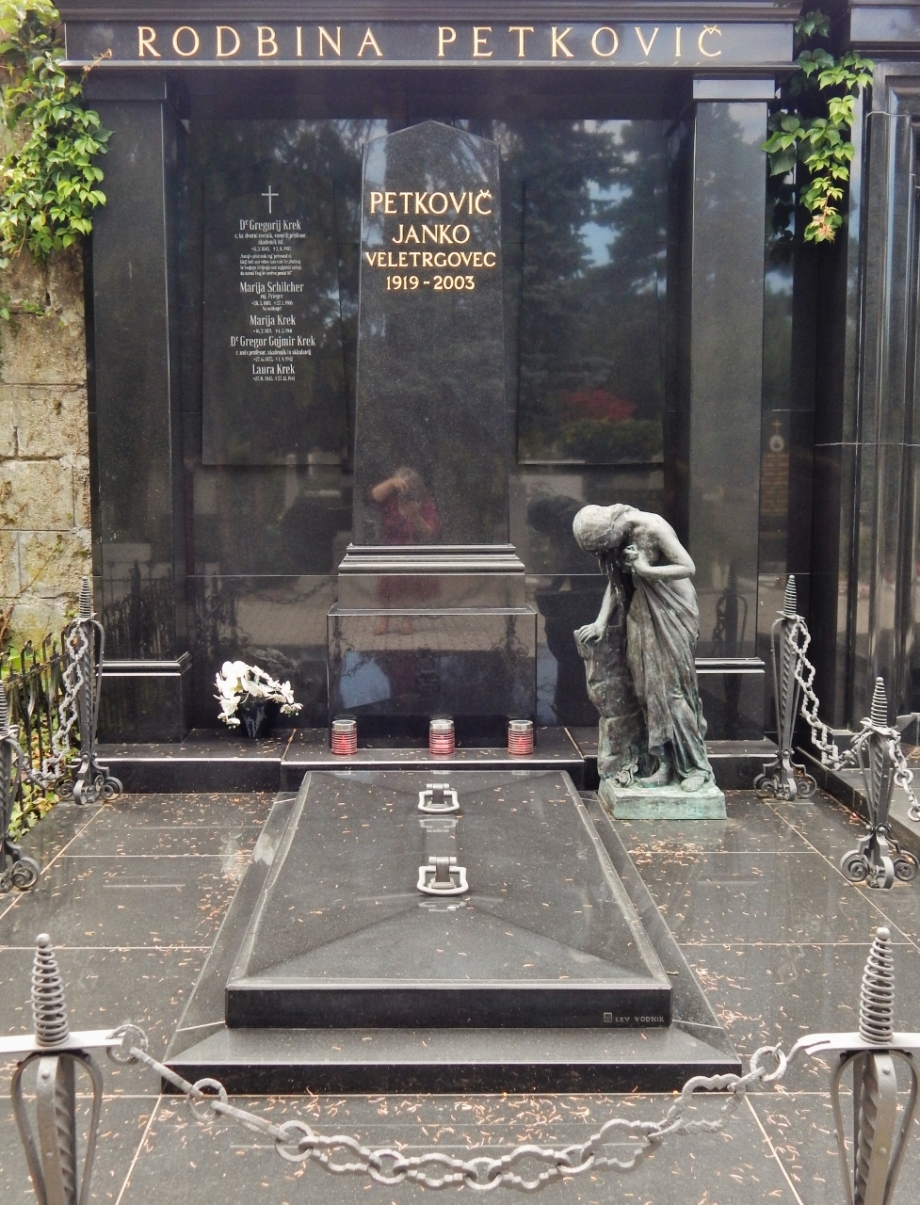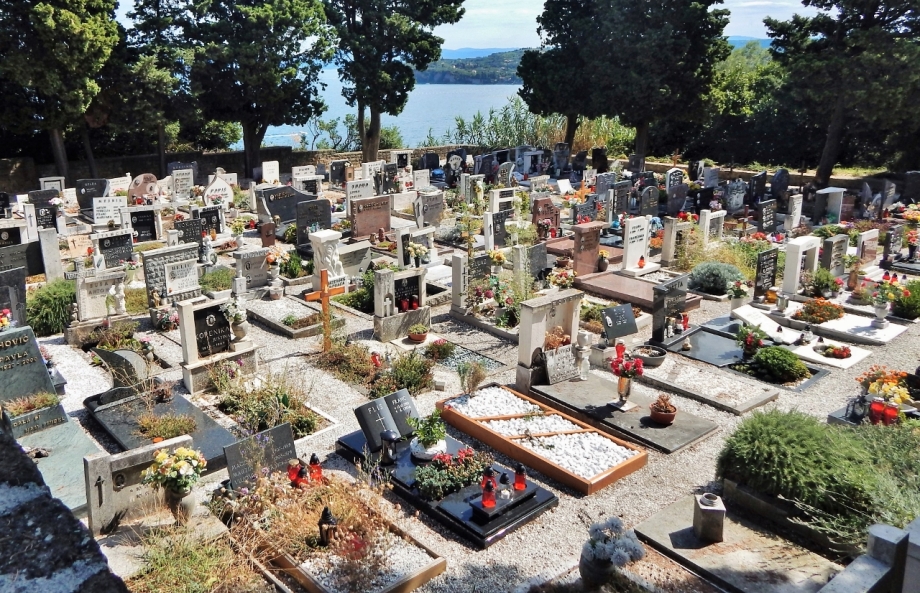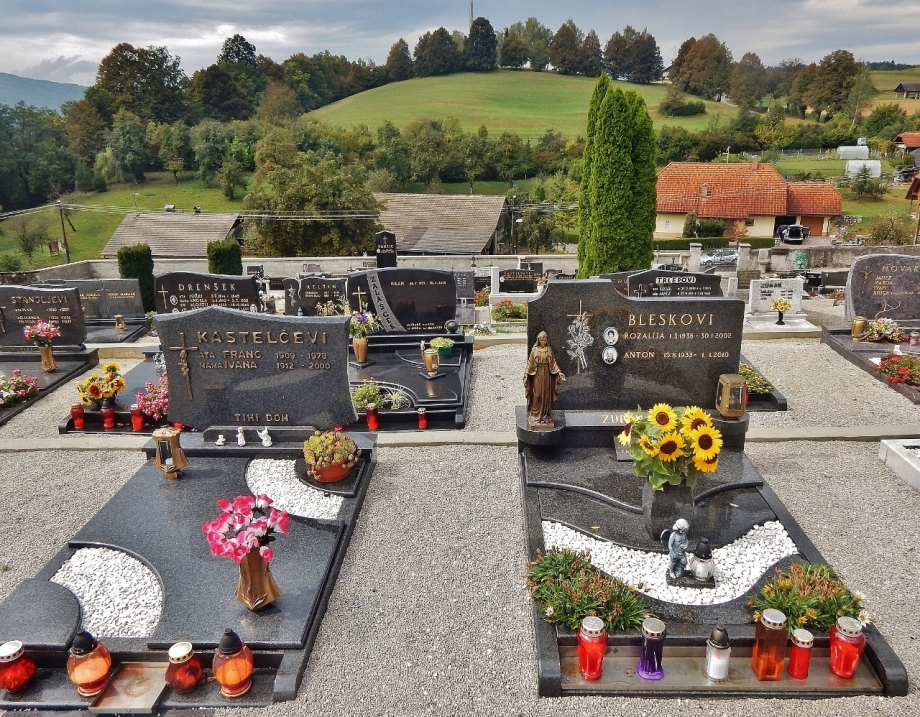Live and let die, and then remember. Let’s go all poetic today.
Do you know how you sometimes can’t tell exactly what a Latin proverb means? Is memento mori remember the dead or remember to die?
In any case, I see it as the imperative so I impair (which I hope is an old English word for learn, if not – false friend).
When I was studying English at the university, there was a poem that especially got to me. Plus it includes Patrick’s key word for this week, remembrance.
I wonder if you know it. This is how it begins:
Before the beginning of years
There came to the making of man
Time, with a gift of tears;
Grief, with a glass that ran;
Pleasure, with pain for leaven;
Summer, with flowers that fell;
Remembrance fallen from heaven,
And madness risen from hell;
Strength without hands to smite;
Love that endures for a breath;
Night, the shadow of light,
And life, the shadow of death.
This is the chorus from Atalanta in Calydon, poetic play by Algernon Charles Swinburne from a couple of centuries ago, of whom I never heard before or since.
What follows is a poem on death and the nation by Slovenian contemporary poet Tone Pavček, who by now is also gone, just like we all will be one day. Unless we forget to die. Here it is in my translation, since translating is what I do and should be doing more often.
The Final Poem
by Tone Pavček
Translated by Manja MaksimovičHow neat are Slovenians as we go,
our search for perfection drains the cup,
in dying persistent and far from slow,
we perish before our time is up.Moreover, our death has Slovenian flair:
by fire or water, poison or gas,
it’s all such a grave and solemn affair,
as if country or god were calling express.One day, maybe soon, we’ll go to the last,
but before we can rot and turn into pus,
new names will be given to everything fast,
while death will be named after us…
Tone Pavček: Zadnja
Kako Slovenci lepo umiramo,
vztrajno in ne ravno počasi,
iskalci popolnosti scagamo, shiramo,
še preden se stečejo naši časi.
A tudi umiramo tako po slovensko:
z vrvjo, v vodi, s strupom in s plinom,
zmeraj nekako slovesno in hudo resno,
kot bi šlo za boga ali za domovino.
Nekoč, morda kmalu, pomremo do zadnjega.
In potem, še preden zgnijemo v jami,
dajo nova imena vsemu na tem koščku sveta,
a smrt poimenujejo z nami. . .
(Source)
Recently I’ve realised that I do photography in the same way I translate: I keep out by staying in.
In the photo part of the post, twenty images from my graveyard hopping in Slovenia this summer. I visited:
- Žale Cemetery in Ljubljana (first five photos);
- Nova vas above Dragonja in Istria (next three photos);
- Piran on the coast (next five photos); and
- Žužemberk in the southern region of Dolenjska (the last seven photos).
So as you go through life, keep in mind: there is a space for you.
As for me, I’m off to Slovenia for a week and won’t be posting much. They promise some inches of drama on Tuesday. This is how amore calls snow. Be well and grateful.
If you like cemeteries, here are two more posts from Žale Cemetery and one from the Non-Catholic Cemetery in Rome:
In response to Patrick Jennings’ Pic and a Word Challenge #161: Remembrance





















Safe travels. Bus, train or car?
LikeLiked by 2 people
Thank you, Norm. Car this time, all together. 🙂 We’ll see how much drama will fall… Do you have half a meter yet? 😉
LikeLiked by 1 person
Drive carefully. No we got about 10 cms last weekend and we’re getting about 15 cms today. Lots of accidents on the road already though. Many people still don’t have their winter tires on yet.
LikeLiked by 2 people
I like photographing cemeteries as well, but those around here are not nearly as compelling as these photos here. How many languages do you speak?
LikeLiked by 1 person
Thank you, Maggie, I’m glad you like my photos. Well, it’s not so easy to answer this. First, there is my Slovenian, and then neighbouring Croatian and Serbian and Bosnian (these three are really more or less one language). Then it’s English in which I converse with amore (and the world), Italian which I’m learning by living here, Spanish I had for 4 years in high school but haven’t used since, non-grammatical German I can (could?) use while shopping and ordering, and not much else, really. I only translate from English and into English.
LikeLiked by 2 people
Gosh, it is really to the point! No glossing over death, particularly with the “pus” line! But there is no sense being precious about it. Death comes to all of us, eventually.
LikeLiked by 1 person
Thank you, Amanda. It does and it’s useless to pretend otherwise. Greetings to the south of the world.
LikeLike
Thank you. Are youpreparing for a cold winter/Xmas, Manja? I am getting out all my summery gear!!
LikeLiked by 1 person
Thank you. I am getting out all my summery shirts and tops as the heat and humidity level starts to kick in. Are you getting ready for a cold winter/ preparing for the festive season?
LikeLiked by 1 person
Hehe, good to hear! 🙂 Oh yes, I’ve just packed two coats, scarfs, cap and gloves for a week in Slovenia. Snow promised on Tuesday! Then I return home but will be back for a week in December too.
LikeLike
Ooooooo. So lucky. Wish it was me getting to play with the snow!!
LikeLiked by 1 person
It seems that the places of the dead are as crowded as places of the living!
LikeLiked by 1 person
Hehe, Emma, that’s true, and saying it mildly. I think it must be much more crowded over there. Thank you!
LikeLiked by 1 person
I love cemeteries too – great post, Manja. And you are going for snow already? Nothing here yet, and not even below zero.
LikeLiked by 1 person
Oh, Leya, I wish I wasn’t but this 4 degrees are not easy to take and too low for comfort as we wait for Tuesday and promised snow. Amore and I are both with a cold yet. Thank you!
LikeLiked by 1 person
A cold?
LikeLiked by 1 person
A cold, running nose, headache, you know how that goes. :p
LikeLike
Haha…I know, but I was thinking about how you got it really…and you told me about colder weather…
Hopefully you will get better soon!
LikeLiked by 1 person
I particularly like the one near the end of your post with the star and the “as you reach my grave” quote. Sounds like something I’d consider putting on my own gravestone.
Is there a reason why the candle-holders are mostly red? Symbolic, or just because?
LikeLiked by 1 person
Thank you, Pistachios! ❤ I wouldn't mind putting something like this on mine either, maybe with a bit more thought out translation. I was in a hurry to post. As for the colour red, amore immediately offered a long and complicated Catholic explanation. I admit I wasn't listening very closely. 😀
LikeLiked by 1 person
Haha fair enough! I think “a long and complicated Catholic explanation” will suffice as a reason! No need to delve too much into the religious history 😉
LikeLiked by 1 person
Lovely post. I am approaching the same conclusion about death as the poet you translated. Fantastic translation. And I am also a big fan of your cemetery photos. Have a good trip this week!
LikeLiked by 1 person
Ohh, thank you so much for your lovely words, IDR. Greetings from cold Slovenia!
LikeLiked by 1 person
I worked on the second and third seasons of A Series of Unfortunate Events, and the first episode of season two was set at Prufrock Prep, whose school motto is Memento Mori … which was translated in the script as “Remember You Will Die.” (Google quite literally translates as “Remember Death.”)
I am a little fascinated by the cultural variations in the laying to rest of the dead. North Americans are so very solemn, with solid square blocks of dark granite being the norm. Slovenians, it would seem, allow a certain vibrance and dynamism with their headstones, flowers and — as you noted — candles.
LikeLike
Thank you, Patrick. I see now that this comment went to spam for some reason. I haven’t seen any of this series yet. I’m fascinated too, ever since I was roaming around Père Lachaise in Paris on November 1st and there were no crowds and no candles. In Slovenia it’s almost a grave-hopping party that day.
LikeLiked by 1 person
Odd… you’re not the first person to report that this week. Hmmmm…
Han Chinese graveyards are exquisite, as are the cemeteries of New Orleans.
LikeLiked by 1 person
wonderful, tangible, warm and respectful portaits of graveyards.
LikeLiked by 1 person
Thank you, Markus, for your nice words. I hope you’re warm. Here in Slovenia the first snow of the season has fallen.
LikeLike
now it’s getting colder here in Germany… ….but surprisingly we still waiting in Russia for the first snow… 🙂 ..but I don’t wanna complain 🙂
LikeLiked by 1 person
When I lived a land-based life, I loved meandering through historical cemeteries. Thank you for sharing the beauty what you’ve seen on your own walks.
LikeLiked by 1 person
You’re always welcome, Lisa. I guess burials in the sea are completely different. Nothing stands still.
LikeLiked by 1 person